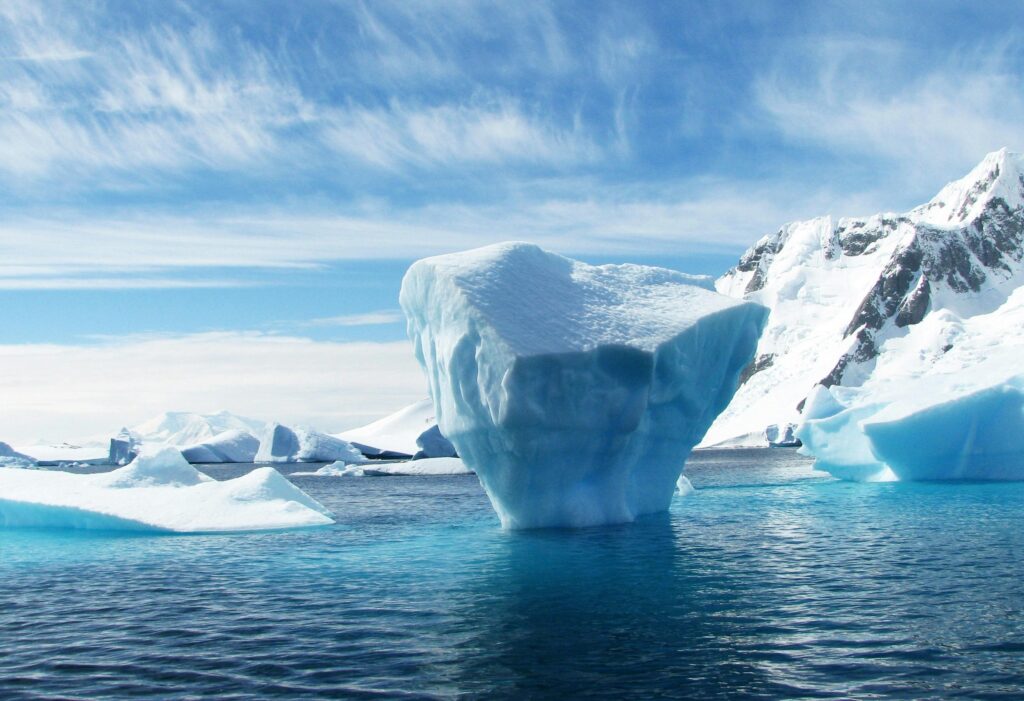Each spring and early summer, the rugged coastline of Newfoundland and Labrador plays host to one of nature’s most breathtaking spectacles: iceberg season. Towering, ancient, and awe-inspiring, these frozen giants drift down from the Arctic, drawing tourists, scientists, and photographers from around the world.
Where Do Icebergs Come From?
Most of the icebergs that pass by Newfoundland and Labrador break off—or calve—from glaciers in western Greenland. Once released into the ocean, these chunks of ancient ice join the Labrador Current, a cold ocean current that flows south along the coast of Labrador and Newfoundland. This route is known as Iceberg Alley.
It can take an iceberg two to three years to travel from Greenland to the North Atlantic, and some can be over 10,000 years old.
When Is Iceberg Season?
The best time to spot icebergs in Newfoundland and Labrador is April to July, though sightings can continue into August in some northern areas. The stretch of coastline from St. Anthony to Bonavista is especially known for iceberg viewing, with towns like Twillingate marketing themselves as the “Iceberg Capital of the World.”
How Big Are Icebergs?
While only about 10% of an iceberg is visible above water, the part you see can still be massive. Icebergs can range in size from small “growlers” to colossal blocks the size of apartment buildings. Some tower over 30 metres (100 feet) above sea level and weigh hundreds of thousands of tonnes.
Icebergs are often categorized by size:
-
Growlers: Less than 1 meter above water
-
Bergy Bits: 1–5 meters above water
-
Small to Large Icebergs: Up to 75 meters above water or more
Why Are Icebergs Important?
Beyond their visual beauty, icebergs are scientifically significant. They’re studied for clues about climate change, as the age and composition of the ice can reveal historical atmospheric conditions. Freshwater from melting icebergs also plays a role in the local marine ecosystem.
However, they also pose navigational hazards, especially for fishing vessels and cargo ships. The 1912 sinking of the RMS Titanic off the coast of Newfoundland remains a haunting reminder of their power.
Responsible Viewing
Icebergs are majestic but unpredictable. Tourists are urged to view them safely from land or licensed boat tours. Getting too close—especially by kayak or drone—can be dangerous, as icebergs can roll or split suddenly without warning.
For up-to-date iceberg tracking, the Canadian Ice Service offers satellite imagery and maps showing iceberg locations around Newfoundland and Labrador.
Did You Know?
-
The average iceberg seen off Newfoundland is about 15,000 years old
-
A typical iceberg contains enough freshwater to supply a city for months
-
Some local businesses bottle iceberg water or use it to brew beer and vodka
Whether you’re a scientist, a sightseer, or simply a lover of natural wonders, iceberg season in Newfoundland and Labrador offers a front-row seat to one of the most powerful processes on the planet.

